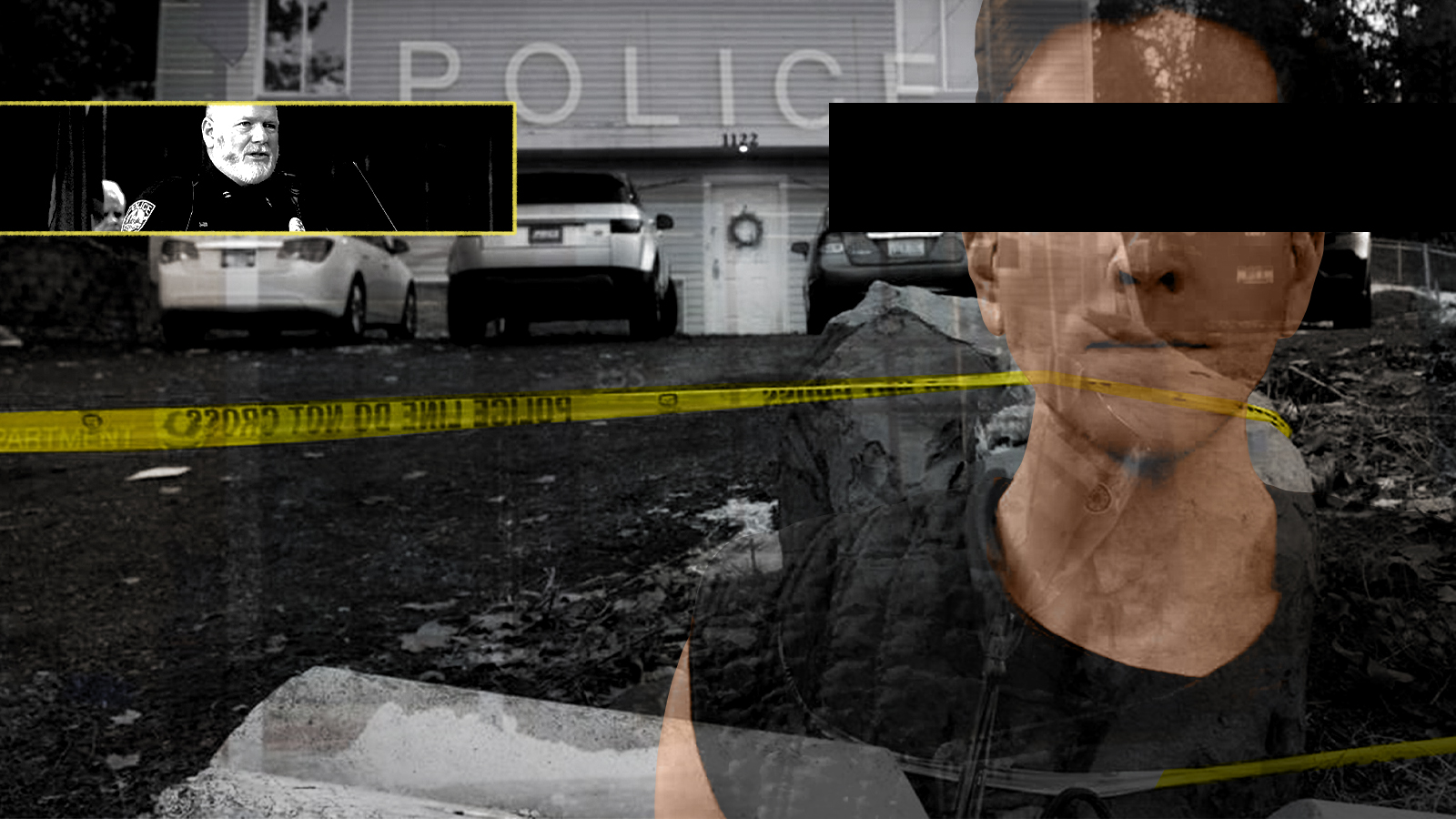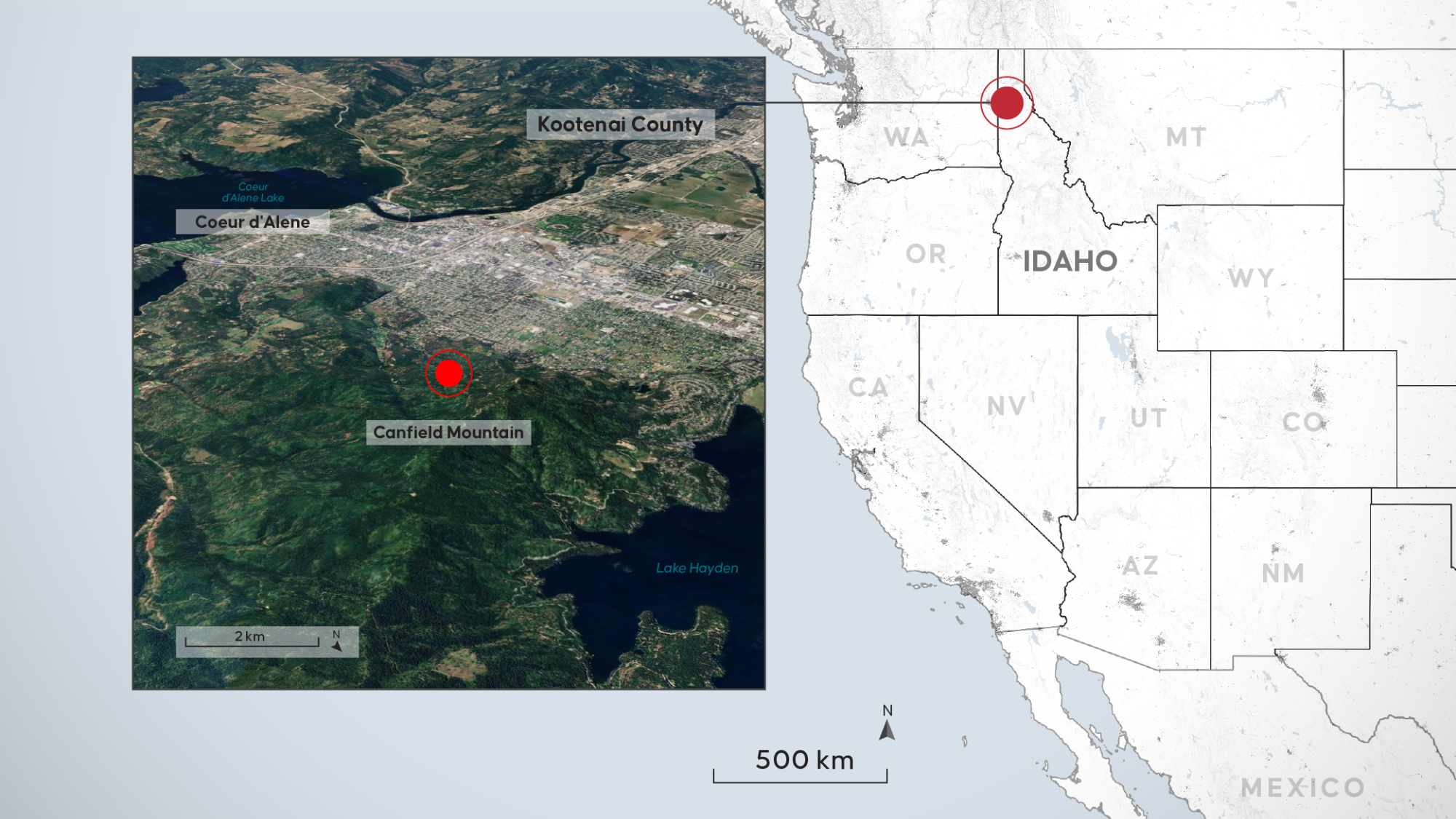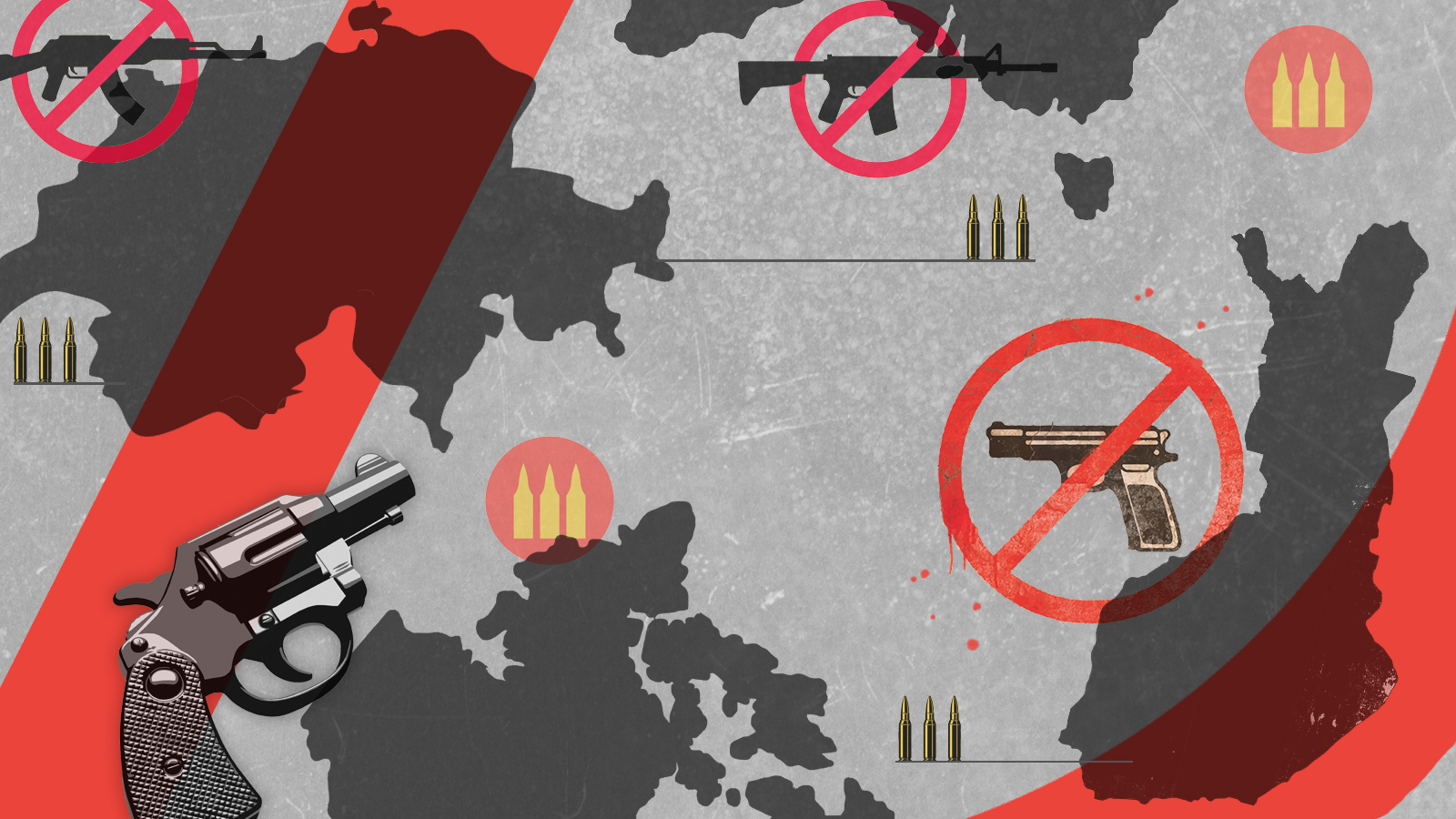How the suspected Idaho killer was caught
Investigators were stumped by the quadruple homicide in the small college town. Then clues started to come together.


A suspect behind the gruesome murders of four University of Idaho students has been apprehended. Twenty-eight-year-old Bryan Kohberger was tracked down by authorities using three pieces of evidence: surveillance footage, DNA, and phone records. Here's everything you need to know:
How was surveillance footage used to catch the suspect?
In the early morning on Nov. 13, Kaylee Goncalves, 21; Madison Mogen, 21; Xana Kernodle, 20; and Ethan Chapin, 20, were fatally stabbed in their off-campus home in Moscow, Idaho, likely while they were sleeping. The murders roiled the small college town and confounded investigators, who turned to security camera footage to look for initial clues.
The footage showed a white car, later identified to be a Hyundai Elantra, driving past the victims' house multiple times early in the morning the night the murders took place. For a quiet neighborhood, this was unusual: "This is a residential neighborhood with a very limited number of vehicles that travel in the area during the early morning hours," wrote Moscow Police Cpl. Brett Payne. "Upon review of the video, there are only a few cars that enter and exit this area during this time frame."
The Week
Escape your echo chamber. Get the facts behind the news, plus analysis from multiple perspectives.

Sign up for The Week's Free Newsletters
From our morning news briefing to a weekly Good News Newsletter, get the best of The Week delivered directly to your inbox.
From our morning news briefing to a weekly Good News Newsletter, get the best of The Week delivered directly to your inbox.
The car was later traced to 28-year-old Ph.D. student Kohberger, who changed the car's registration from Washington to Pennsylvania, his home state, just five days after the murders, reports The Associated Press. Kohberger and his father were also purposely pulled over during a road trip after the murders so that investigators could look at his hands, although the reason why is unclear.
How did DNA evidence trace back to Kohberger?
The more damning piece of evidence linking Kohberger to the crime scene came from DNA testing. When searching the home, unknown DNA was found on a knife sheath. Investigators first ran the DNA through a criminal database, but nothing of interest came up since Kohberger had not previously committed a crime. Investigators then ran the DNA through a public genealogy database, which includes data from Ancestry and 23andme, reports ABC News.
There they found a lead. They then double-checked the sheath DNA with Kohberger's father's DNA from his family home in Pennsylvania, The Independent writes.
This method was also used to catch the Golden Gate killer but is still considered controversial because many people are not comfortable with having their personal genetic records kept and used in this way.
A free daily email with the biggest news stories of the day – and the best features from TheWeek.com
What about phone records?
Once investigators were able to retrieve cellphone records from the area, the picture became clearer.
The records showed that Kohberger's phone was near his home at 2:40 a.m. on the night of the murder and showed him driving south, presumably towards the victims' house, AP continues. Then the location data was no longer available, which investigators believe was because he turned off the device to avoid detection. Data was once again recorded around 4:45 a.m. the morning of the murder, seemingly showing Kohberger making a roundabout trip back to his house. The murder was reported to have occurred sometime between 4 a.m. and 4:25 a.m.
The records also showed that Kohberger had been in the area of the crime scene 12 times in the months leading up to the murder, The New York Times reports. He also appeared to re-visit the crime scene hours after the killings, but before the victims were found.
On Dec. 30, Kohberger was arrested at his family home in Pennsylvania. Investigators have yet to locate the murder weapon or determine a motive for the killings. There are no other suspects in the case.
"We believe we have our guy, the one that committed these murders," commented Moscow Police Chief James Fry.
Devika Rao has worked as a staff writer at The Week since 2022, covering science, the environment, climate and business. She previously worked as a policy associate for a nonprofit organization advocating for environmental action from a business perspective.
-
 Received a gift card this holiday season? Here’s how to maximize it.
Received a gift card this holiday season? Here’s how to maximize it.The Explainer Make the most of your present
-
 ‘Lumpy skin’ protests intensify across France as farmers fight cull
‘Lumpy skin’ protests intensify across France as farmers fight cullIN THE SPOTLIGHT A bovine outbreak coupled with ongoing governmental frustrations is causing major problems for French civil society
-
 The best books of 2025
The best books of 2025The Week Recommends A deep dive into the site of a mass shooting, a new release from the author of ‘Atonement’ and more
-
 Sniper kills 2 Idaho firefighters in ambush
Sniper kills 2 Idaho firefighters in ambushSpeed Read A man started a wildfire, then fired a rifle at first responders when they arrived
-
 Would rescheduling cannabis be good news for the industry?
Would rescheduling cannabis be good news for the industry?Speed Read Following President Joe Biden's request, the HHS recommended that cannabis be moved to a less lethal category, and some experts are weary of the move
-
 Why the French are taking to the streets
Why the French are taking to the streetsThe Explainer France is protesting after the police-involved death of a teenager
-
 Why are mass shootings rare in other countries despite high levels of gun ownership?
Why are mass shootings rare in other countries despite high levels of gun ownership?In Depth Firearm laws are very different in Finland, Switzerland, and Australia
-
 Ralph Yarl shooting: When ringing the wrong doorbell turns violent
Ralph Yarl shooting: When ringing the wrong doorbell turns violentSpeed Read An unarmed 16-year-old Black teenager knocked on the wrong door and nearly lost his life
-
 The Adnan Syed case, explained
The Adnan Syed case, explainedSpeed Read From the reinstated conviction to the original charges
-
 Attacking the grid
Attacking the gridSpeed Read Domestic terrorism targeting the U.S. electric grid is exposing dangerous vulnerabilities
-
 The controversial 'Run, Hide, Fight' response in active shootings
The controversial 'Run, Hide, Fight' response in active shootingsSpeed Read Why has this method come under scrutiny for its use in mass casualty events?
